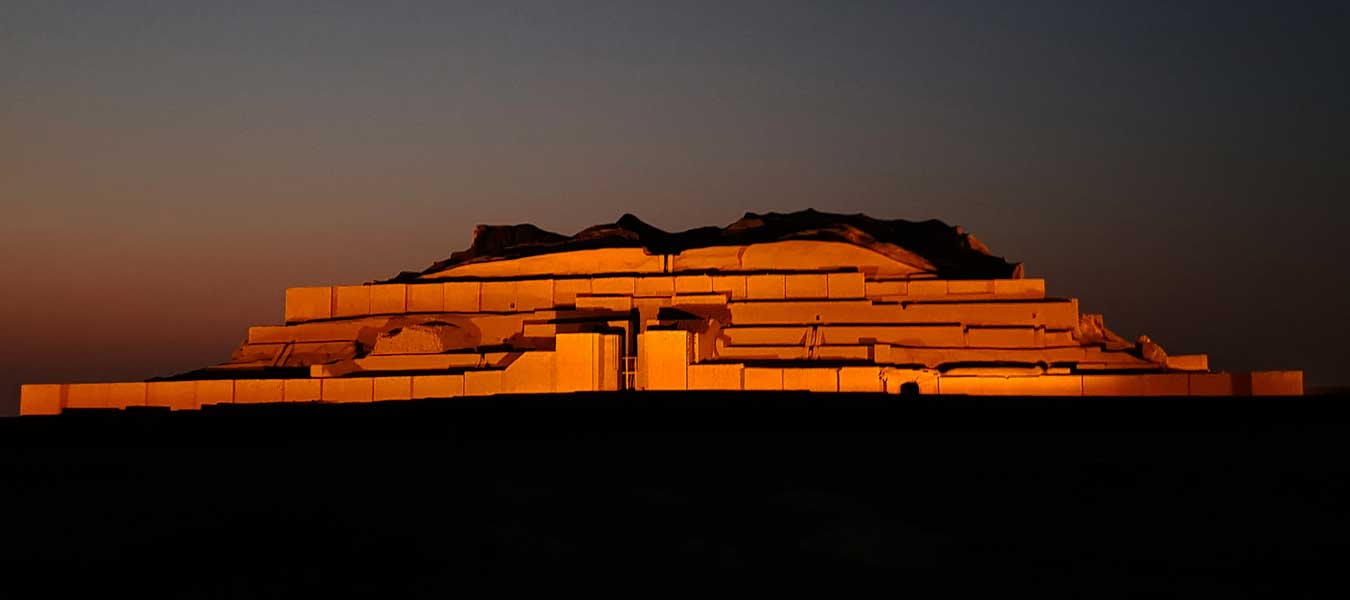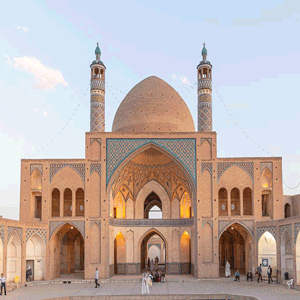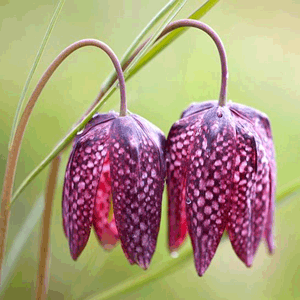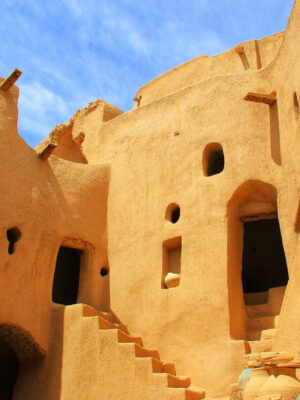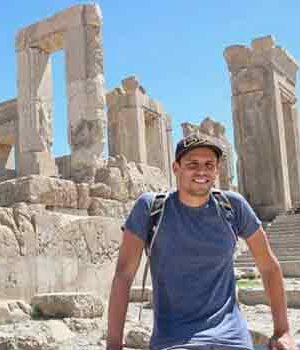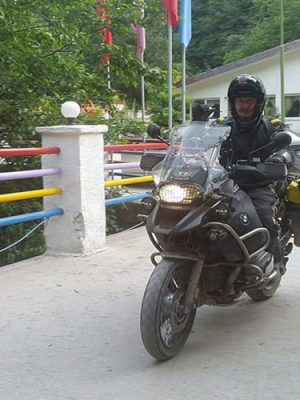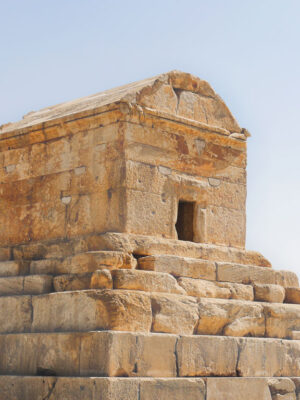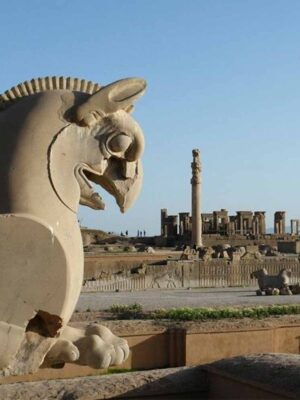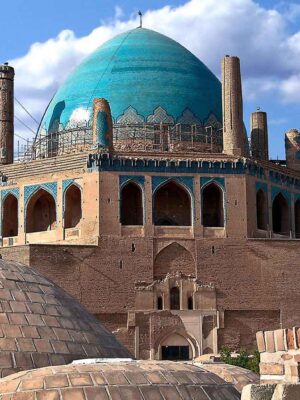To explore the history of urbanization in ancient Persia, the UNESCO World Heritage Site of Susa is a must-see. This amazing ancient city has been continuously home to one of the oldest civilizations in human history. Located in the southwest of Iran, Susa was the capital of Iran’s first kingdom about 7000 years ago.
The Elamites were the native people of western Iran. They were neither Aryans nor Semites, contemporaries of their neighbors, the Sumerians and Babylonians. Close to the Shavur River on the western side of the mounds is the Tomb of the Biblical Prophet Daniel. After the fall of the Elamites, Susa flourished again as the winter capital of the Achaemenid Persian Empire. In fact, much of what remains today dates back to the Achaemenid Empire (6th century BC). The remains at Darius’s Apadana palace lead the imagination to that splendid ancient world that once was.
Susa is also located near the UNESCO World Heritage Site of Tchogha Zanbil, one of the rare existing ziggurats outside of Mesopotamia. There’s more to this magnificent solid structure than meets the eye. It is not only reminiscent of the glory of the Elamite era but also a testament to polytheism throughout the trajectory of human history in the ancient world.
Located an hour’s drive from Susa is the Shushtar Historical Hydraulic System, another UNESCO World Heritage Site. A small town perched on limestone cliffs above the Karun River, whose past can be traced through a remarkable series of interconnecting channels, dams, bridges and irrigation work.
Susa
To explore the history of urbanization in ancient Persia, the UNESCO World Heritage Site of Susa is a must-see. This amazing ancient city has been continuously home to one of the oldest civilizations in human history. Located in the southwest of Iran, Susa was the capital of Iran’s first kingdom about 7000 years ago.
The Elamites were the native people of western Iran. They were neither Aryans nor Semites, contemporaries of their neighbors, the Sumerians and Babylonians. Close to the Shavur River on the western side of the mounds is the Tomb of the Biblical Prophet Daniel. After the fall of the Elamites, Susa flourished again as the winter capital of the Achaemenid Persian Empire. In fact, much of what remains today dates back to the Achaemenid Empire (6th century BC). The remains at Darius’s Apadana palace lead the imagination to that splendid ancient world that once was.
Susa is also located near the UNESCO World Heritage Site of Tchogha Zanbil, one of the rare existing ziggurats outside of Mesopotamia. There’s more to this magnificent solid structure than meets the eye. It is not only reminiscent of the glory of the Elamite era but also a testament to polytheism throughout the trajectory of human history in the ancient world.
Located an hour’s drive from Susa is the Shushtar Historical Hydraulic System, another UNESCO World Heritage Site. A small town perched on limestone cliffs above the Karun River, whose past can be traced through a remarkable series of interconnecting channels, dams, bridges and irrigation work.
Susa
To explore the history of urbanization in ancient Persia, the UNESCO World Heritage Site of Susa is a must-see. This amazing ancient city has been continuously home to one of the oldest civilizations in human history. Located in the southwest of Iran, Susa was the capital of Iran’s first kingdom about 7000 years ago.
The Elamites were the native people of western Iran. They were neither Aryans nor Semites, contemporaries of their neighbors, the Sumerians and Babylonians. Close to the Shavur River on the western side of the mounds is the Tomb of the Biblical Prophet Daniel. After the fall of the Elamites, Susa flourished again as the winter capital of the Achaemenid Persian Empire. In fact, much of what remains today dates back to the Achaemenid Empire (6th century BC). The remains at Darius’s Apadana palace lead the imagination to that splendid ancient world that once was.
Susa is also located near the UNESCO World Heritage Site of Tchogha Zanbil, one of the rare existing ziggurats outside of Mesopotamia. There’s more to this magnificent solid structure than meets the eye. It is not only reminiscent of the glory of the Elamite era but also a testament to polytheism throughout the trajectory of human history in the ancient world.
Located an hour’s drive from Susa is the Shushtar Historical Hydraulic System, another UNESCO World Heritage Site. A small town perched on limestone cliffs above the Karun River, whose past can be traced through a remarkable series of interconnecting channels, dams, bridges and irrigation work.
Related Tours








